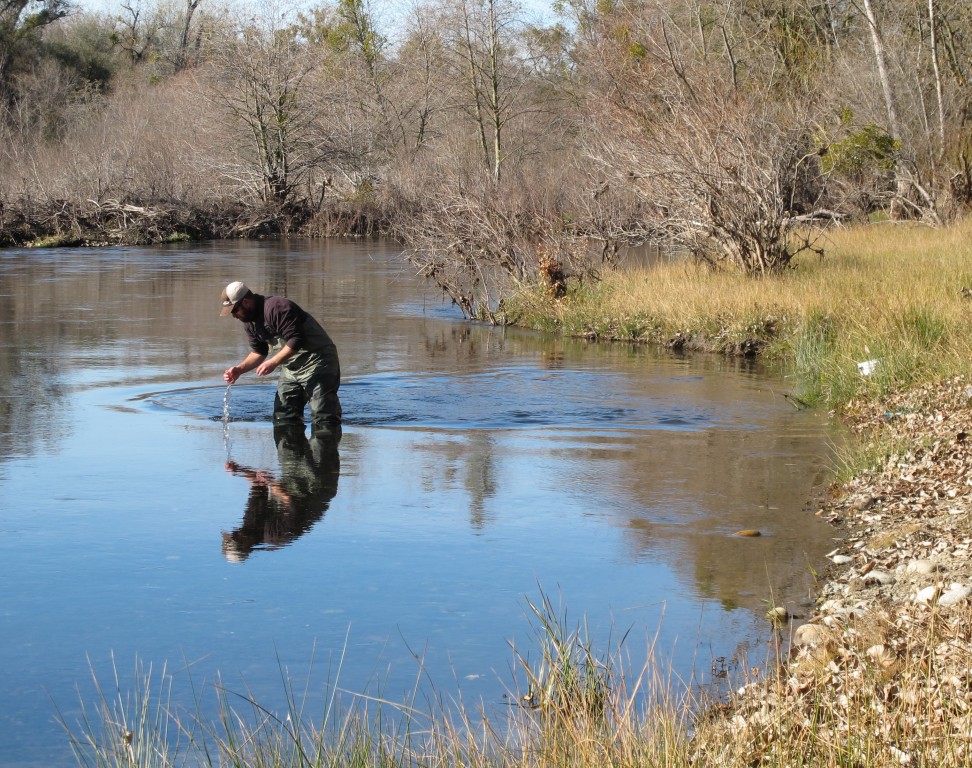Wednesday September 18, 2013
 Today (September 18) is World Water Monitoring Day – a day for spotlighting why it’s important to keep tabs on water conditions all over our big, wet world. From the oceans we swim in, to the rivers we fish in, to the water that flows out our tap, there are many reasons why regular water quality check-ins are important for people and animals alike. Anyone who’s swallowed a mouthful while swimming in nature probably wants to answer the same questions as basic water monitoring programs: just what is in this water, and is it safe?
Today (September 18) is World Water Monitoring Day – a day for spotlighting why it’s important to keep tabs on water conditions all over our big, wet world. From the oceans we swim in, to the rivers we fish in, to the water that flows out our tap, there are many reasons why regular water quality check-ins are important for people and animals alike. Anyone who’s swallowed a mouthful while swimming in nature probably wants to answer the same questions as basic water monitoring programs: just what is in this water, and is it safe?
Water monitoring is an especially important part of our work at FISHBIO because water is the very medium in which fish live, so they can be very sensitive to changes in water conditions. Whenever we go out in the field, we measure many conditions that greatly affect the health of fish, including water temperature, dissolved oxygen, and turbidity, or how much sediment is in the water (see Essence of life, Watery reflection). This regular data record about a fish’s environment helps us track changes over time and identify any concerning trends that might negatively affect fish populations. Sudden or dramatic changes in water quality can result in large fish die offs, or fish kills.
Other indicators that can be part of regular water monitoring programs include salinity and pH (acidity), as well as levels of nutrients, chemical pollutants (see Toxic runoff), and organic contaminants (such as bacteria from sewage and feces). Some pollutants in the water also travel up the food chain, causing problems for fish and the people that eat them (see Sport fishes and food safety) – so it’s important to keep a watchful eye on contaminant levels. Water monitoring can be relatively simple, and is a great activity for engaging in citizen science. If you are an educator or a student, check out the World Water Monitoring Challenge for ways you can get involved. Our local waterways enhance our lives by providing drinking water, food, recreation, and scenery. Today is a good day to check in by asking: how is your local water doing?

